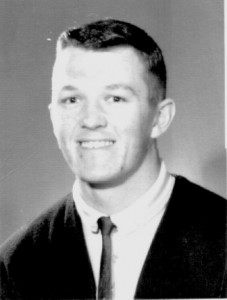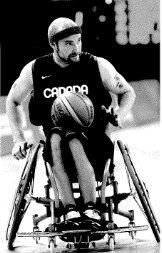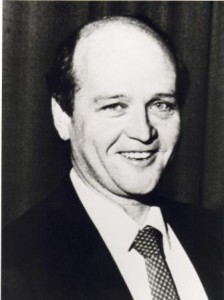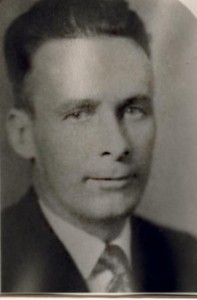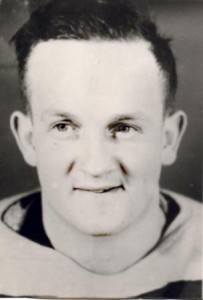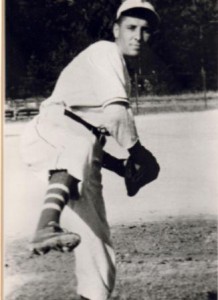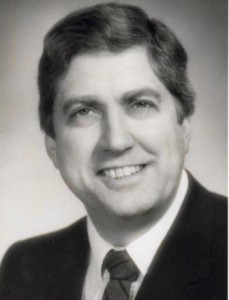 Ralph was born in Vancouver BC in January of 1945 and spent his early years of school competition moving from Montreal, Daytona Beach Fla., Port Hope and Toronto.
Ralph was born in Vancouver BC in January of 1945 and spent his early years of school competition moving from Montreal, Daytona Beach Fla., Port Hope and Toronto.
He participated on several championship teams in high school and represented his school at the Ontario Athletic Leadership Camp where he was introduced to the sport of amateur wrestling. He competed in wrestling’s early years as a
high school and university sport. In 1969 he started his teaching career in North York’s, Northview Heights SS where he began his coaching career and convened and won several Team Championships with three Canadian Champions and six OFSAA medalists.
Ralph moved to Collingwood in 1976 and began the Collingwood Wrestling Club that saw just fewer than 3,000 members in its 30 year operation. His high school wrestlers collected 26 OFSSA medals and 51 GBSSA Championships. The club continued to compete in Canadian Amateur events and won 18 Ontario Team Championships and 7 Canadian team titles. 147 wrestlers won Ontario Amateur Wrestling Medals and sixty two of them winning Canadian medals. Three of his wrestlers went on to win silver and bronze medals in World Championships. Fourteen former wrestlers of the program are now coaching wrestling in other programs across Canada. Ralph was the Team Leader for several Ontario teams who all won Gold at the National Championships. He coached Canadian teams at World Championships in France,
Hungary and Washington DC.
He hosted 148 wrestling tournaments including 9 OFSAA Championships, 16 Ontario Championships, 7 Canadian Championships including 4 in Collingwood and the World Youth Wrestling Championships held in Collingwood in 1987. He retired from teaching in 2000 but still is involved with the sport of Wrestling in Ontario and committees such as the Multiuse Committee in Collingwood.
– President of Central Ontario Wrestling 1979-1992 and member of OAWA Board of Directors
-Member of OFSSA Sports Advisory Committee for Wrestling 1983-1998
-Founded Wrestling Drawmasters Association of Canada in 1988
– Wrote all 3 OFSSA Rulebooks on Wrestling
– Was a co-founder of Ontario Youth Wrestling and Canadian Youth Wrestling and
chaired the committee for 12 years.
– Established Simcoe County Elementary School Wrestling program for boys and girls
-Assisted in the development of Women’s Wrestling as an OFSSA and Amateur Olympic Sport
– Chaired committees in Ontario, National or World sporting events held in Collingwood 1989-2003
– Founder and Chair of the Federation of Collingwood Sports Inc (transportation support to sports teams)
– Creator of the Black and Gold Society to honour outstanding alumni at CCI and first Chairperson
Understandably, Ralph has been recognized with numerous awards for his dedication. Some of these include:
– Ontario Special Achievement Award 1988
– FILA Gold Star 1987 (the sport of wrestling’s highest international award)
– Ontario Coach of the Year Awards 1983, 1984, 1985, 1986, 1989, 1990, 1994
– Inductee Canadian Wrestling Sport Hall of Fame 1998
– OFSSA Leadership in School Sport Award 1992
– Simcoe County Excellence in Education Award 2003
– Order of Collingwood 1987 and Companion to the Order of Collingwood 2004
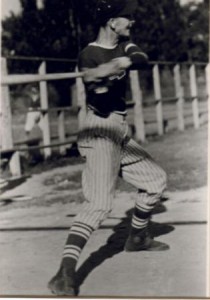 They called him “Possum” when he was a nipper and the moniker stuck throughout his fine athletic career in the fields of hockey, football, baseball and hockey. Born in Collingwood, he was a son of the late Herb Swain, one of this town’s best baseball pitchers for over a twenty year span.
They called him “Possum” when he was a nipper and the moniker stuck throughout his fine athletic career in the fields of hockey, football, baseball and hockey. Born in Collingwood, he was a son of the late Herb Swain, one of this town’s best baseball pitchers for over a twenty year span.
